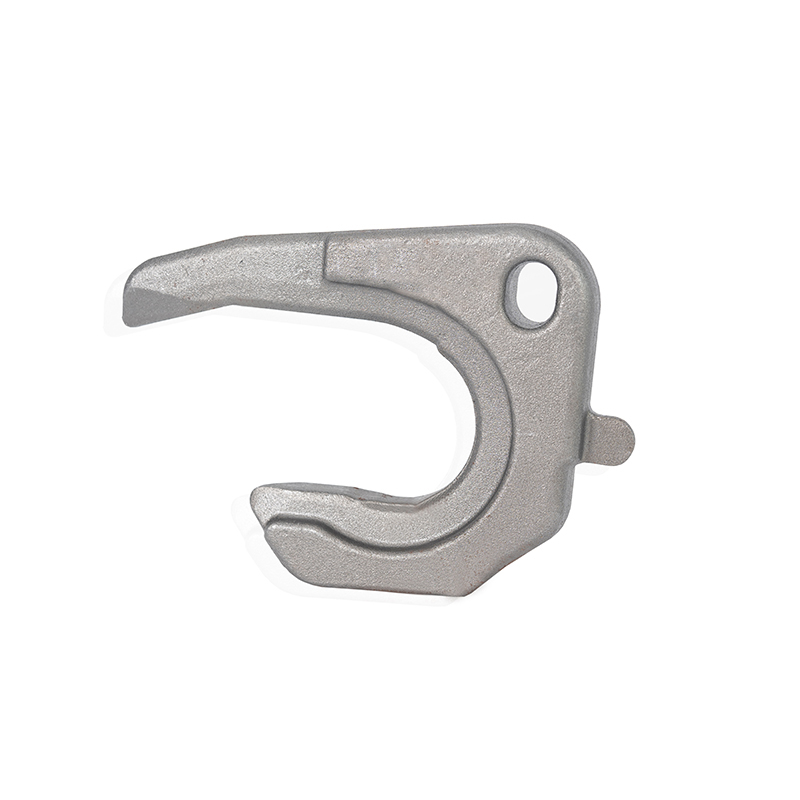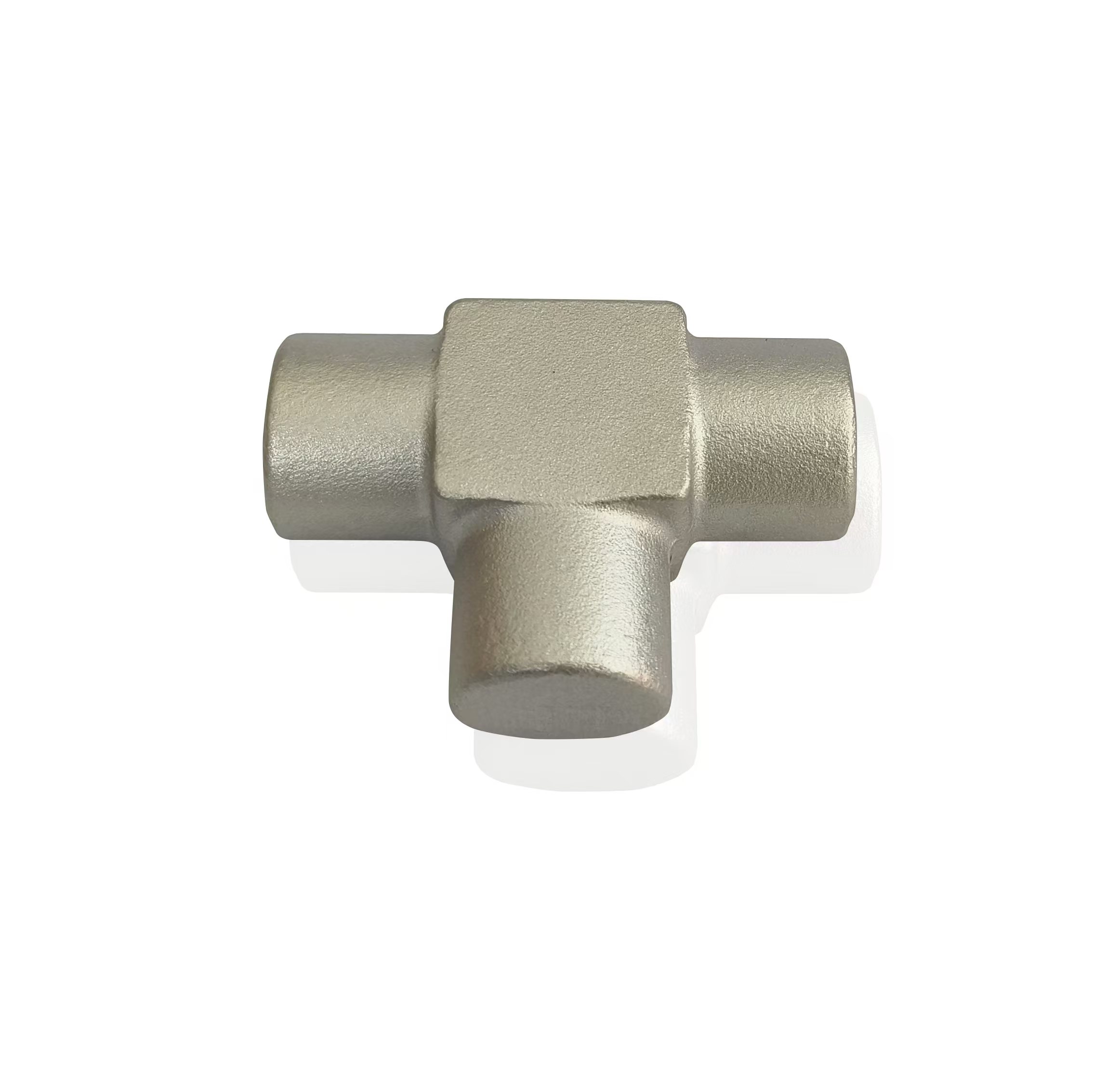What quality control measures are implemented during the forging process to ensure the reliability of these components?
 2024.07.02
2024.07.02
 Industry news
Industry news
Fifth wheel traction seat components, crucial for securely connecting truck tractors and trailers, rely heavily on the reliability and durability of their construction. The forging process stands out as a preferred method for manufacturing these components due to its ability to impart superior mechanical properties and structural integrity. However, achieving consistent quality and reliability requires meticulous implementation of stringent quality control measures throughout the forging process.
Material Inspection and Selection
The foundation of quality begins with the raw materials. Before forging commences, thorough inspection of incoming materials is conducted. This includes scrutinizing the quality, composition, and mechanical properties of the Fifth Wheels Traction Seat Forgings to ensure they meet stringent specifications. Material traceability is also maintained throughout production, facilitating the identification of any issues that may arise during forging.
Die and Tooling Inspection
Forging dies play a pivotal role in shaping the components accurately and efficiently. Die design is meticulously planned to ensure it aligns with the specifications of the fifth wheel traction seat components. Regular maintenance of forging dies is imperative to prevent deviations in component dimensions and surface finish. Periodic inspections of dies are conducted to detect wear, cracks, or any abnormalities that could compromise the quality of the forged components.
Process Control
Controlling the forging process parameters is critical to achieving the desired material properties and structural integrity. Temperature control is meticulously monitored to ensure optimal material flow and to prevent defects such as overheating or underheating, which could weaken the components. Forging parameters such as pressure, dwell time, and deformation rate are carefully adjusted and monitored throughout the process to achieve the desired grain structure and mechanical properties.

Dimensional Accuracy and Tolerance Control
Precision in dimensions is paramount for fifth wheel traction seat components to ensure they fit seamlessly and securely in truck-trailer connections. In-process inspections are conducted at various stages of forging to verify adherence to specified tolerances and dimensions. Post-forging inspections are also carried out to confirm that components meet dimensional requirements and surface finish standards before proceeding to subsequent manufacturing stages.
Defect Detection and Prevention
Early detection and prevention of defects are essential to maintaining the reliability of forged components. Visual inspections are performed immediately after forging to identify surface defects such as cracks, laps, or folds. Non-destructive testing (NDT) methods such as ultrasonic testing, magnetic particle inspection, or dye penetrant inspection are employed to detect internal defects without compromising the structural integrity of the components.
Heat Treatment Control
Heat treatment plays a crucial role in enhancing the mechanical properties of forged components. Precise control over the heat treatment process, including quenching and tempering, ensures that the components achieve the desired material properties such as hardness, toughness, and microstructure. This step is essential for optimizing the performance and longevity of Fifth Wheels Traction Seat Forgings traction seat components under varying operational conditions.
Documentation and Traceability
Comprehensive documentation of quality control measures is maintained throughout the forging process. This includes recording inspections, tests, and process parameters for each batch of forged components. Traceability systems are implemented to track each component back to its specific production batch and material source, providing transparency and accountability in quality assurance practices.




















